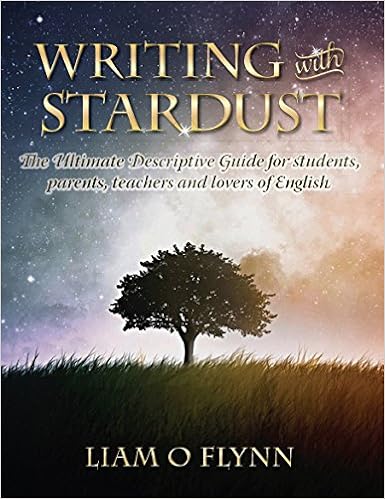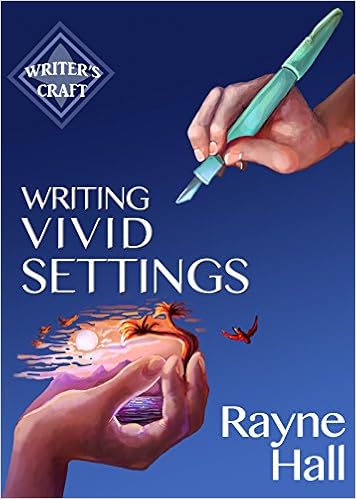Is this one of your biggest issues?
Getting just right the who, where, why and what they are doing. It’s mine. Sometimes I get carried away with descriptions. Yet often, like a good perfume, a little goes a long way. A little is divine, too much, yikes.
Sometimes I get carried away with descriptions. Yet often, like a good perfume, a little goes a long way. A little is divine, too much, yikes. 
I’m not a visual person so describing situations or scenes is difficult for me. So I’ve invented little tricks to help myself not over think it too much. However, the downside is I end up rewriting a lot. And I do mean a lot. Sigh… I guess there really are no shortcuts.
Things that help me:
- Look up the word. The dictionary and thesaurus really can be a great source for brainstorming.
- Have the character stop and look around. Describe what they see, smell or hear but not what they are doing.
- Write the scene like a piece of Flash Fiction. This is a good discipline in brevity. It helps me see things in a different light.
- Remind myself that my readers know what the color purple looks like. I don’t need to go crazy.
- Reading, reading and reading.
One of the best articles I’ve read lately on this subject written by RYAN LANZ. Be sure and hop over and read it for inspiration on good descriptions. Link at bottom.
I’m also now reading:
Another good resource is:
7 WAYS TO WRITE VISUALLY (WITHOUT DESCRIBING EVERYTHING) by RYAN LANZ.
Do you have any tips that can help me with writing good descriptive scenes?
Are you a visual person? Do share!
I’d love to hear from you! Click the “write me” tab or contact me on Twitter @jeancogdell, Facebook at jean.cogdell and Amazon.com, stop by and say hey! The lights are on and I’m waiting.
Please remember to share this post with your Twitter peeps and Facebook fans.




I like to ask myself
1. What effect am I trying to create?
2. How important is this scene?
The answers determine the length of the description. Sometimes, when I want to draw the reader into a scene, and a location I go for a long description with a list of related detail and and alliteration. The idea is to leave an impression and imprint the scene. I know that readers who don’t want to read description will skim ahead anyway.
For less important scenes and characters I try to hold my description to two items (I add a third on rewrite if they became important later).
They aren’t hard and fast rules, but they help guide the process.
LikeLiked by 1 person
Sounds like good advice and a good system. Thanks for the tips.
LikeLike
I like all of your ideas. The one piece of advice I read from Maggie Stiefvater’s blog was to never forget the weather.
LikeLiked by 2 people
I agree, about the weather that is, but find it odd that so many advice blogs say to avoid weather. I think it plays a very important part in scenes.
LikeLiked by 1 person
Nice post! Simple and effective. Thanks for sharing it.
LikeLiked by 1 person
Thanks Dan.
LikeLiked by 1 person